So far it has been an extremely mild and reasonably dry winter in Donegal. I read somewhere that it has been the warmest November in 36 years and I’d well believe it.
Although this mild weather is pleasant to work in, it’s not ideal conditions for housed cattle. I’m finding a lot of cattle coughing in the sheds, even adult cattle. These cattle have been well dosed all year and should be free from lungworm, so I’m putting it down to the warm, calm, muggy winter which is leaving the air in the shed more stale than normally.
My sheds are open-fronted and have plenty of ventilation but, as usual, Mother Nature is the boss and the higher-than-normal temperatures are still causing me problems.
I am not overly concerned about the adult cattle. When I say adult cattle, what I really mean is last year’s calves – aged 10 to 14 months old. Other than the bit of coughing, the cattle are healthy and are performing well.
The batch of animals which concerns me much more are this year’s calves – those born in November, December and January. Coughing in animals of this age can quickly turn into pneumonia, so it is vital to be vigilant when herding. A calf blowing slightly or with a running nose in the evening, if left untreated, can quickly turn into a calf unable to stand the next morning.
I find the thermometer to be the best indicator of a sick or healthy animal, no matter what age they are. If there’s a virus or an infection in the animal, the temperature will nearly always rise. The thermometer will often tell you an animal is sick sometimes even before the animal knows itself.
Young calves coughing at this time of year has been a thorn in my side for the last number of years. I am constantly trying something different to eradicate the problem, but I just haven’t nailed it yet.
As I said, ventilation in my sheds is fairly good, but a few years back I decided to take off the vented sheeting at the back of the shed and replace it with double-space boarding in an effort to increase airflow. I also blocked any low gaps in the shed with rubber, so as to ensure the calves would not be lying in a draught.
I have resisted the temptation to vaccinate as of yet, but I am seriously thinking of using Rispoval next year to see if it helps.
I put part of the problem down to calves sharing the same air space as adult cows, so as soon as the weather allows, the after-Christmas calves are given access to a paddock beside the shed.
Firstly, they are let out to a very small grass area for a few days. This area is fenced with sheep wire and it allows me to train the calves to the electric fence. As soon as they are used to the electric fence they go out to the main paddocks. These paddocks will have a good cover of grass on them as they have been closed since early October.
The health benefits of getting these calves out to grass cannot be overemphasised, It also greatly improves thrive, and the weakening of the maternal bond between cow and calf usually means that the cow will show heat quicker – so it’s a win-win situation all round.
Read more
Full coverage: Farmer Writes
So far it has been an extremely mild and reasonably dry winter in Donegal. I read somewhere that it has been the warmest November in 36 years and I’d well believe it.
Although this mild weather is pleasant to work in, it’s not ideal conditions for housed cattle. I’m finding a lot of cattle coughing in the sheds, even adult cattle. These cattle have been well dosed all year and should be free from lungworm, so I’m putting it down to the warm, calm, muggy winter which is leaving the air in the shed more stale than normally.
My sheds are open-fronted and have plenty of ventilation but, as usual, Mother Nature is the boss and the higher-than-normal temperatures are still causing me problems.
I am not overly concerned about the adult cattle. When I say adult cattle, what I really mean is last year’s calves – aged 10 to 14 months old. Other than the bit of coughing, the cattle are healthy and are performing well.
The batch of animals which concerns me much more are this year’s calves – those born in November, December and January. Coughing in animals of this age can quickly turn into pneumonia, so it is vital to be vigilant when herding. A calf blowing slightly or with a running nose in the evening, if left untreated, can quickly turn into a calf unable to stand the next morning.
I find the thermometer to be the best indicator of a sick or healthy animal, no matter what age they are. If there’s a virus or an infection in the animal, the temperature will nearly always rise. The thermometer will often tell you an animal is sick sometimes even before the animal knows itself.
Young calves coughing at this time of year has been a thorn in my side for the last number of years. I am constantly trying something different to eradicate the problem, but I just haven’t nailed it yet.
As I said, ventilation in my sheds is fairly good, but a few years back I decided to take off the vented sheeting at the back of the shed and replace it with double-space boarding in an effort to increase airflow. I also blocked any low gaps in the shed with rubber, so as to ensure the calves would not be lying in a draught.
I have resisted the temptation to vaccinate as of yet, but I am seriously thinking of using Rispoval next year to see if it helps.
I put part of the problem down to calves sharing the same air space as adult cows, so as soon as the weather allows, the after-Christmas calves are given access to a paddock beside the shed.
Firstly, they are let out to a very small grass area for a few days. This area is fenced with sheep wire and it allows me to train the calves to the electric fence. As soon as they are used to the electric fence they go out to the main paddocks. These paddocks will have a good cover of grass on them as they have been closed since early October.
The health benefits of getting these calves out to grass cannot be overemphasised, It also greatly improves thrive, and the weakening of the maternal bond between cow and calf usually means that the cow will show heat quicker – so it’s a win-win situation all round.
Read more
Full coverage: Farmer Writes




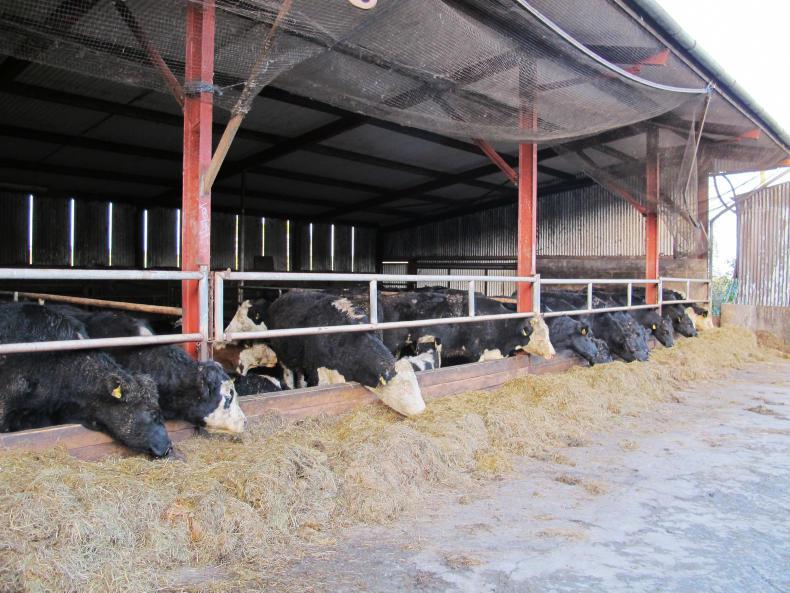
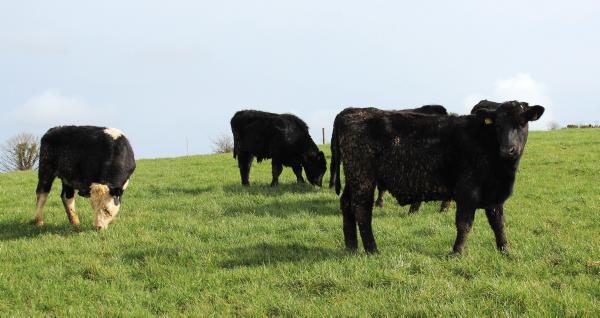

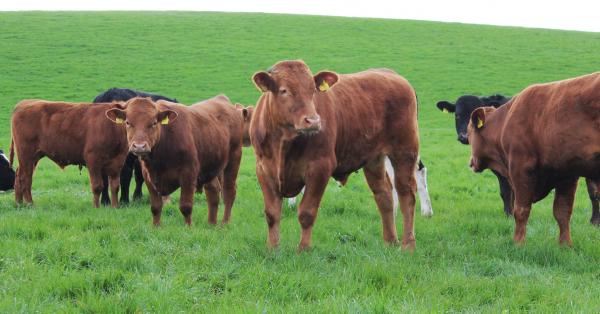
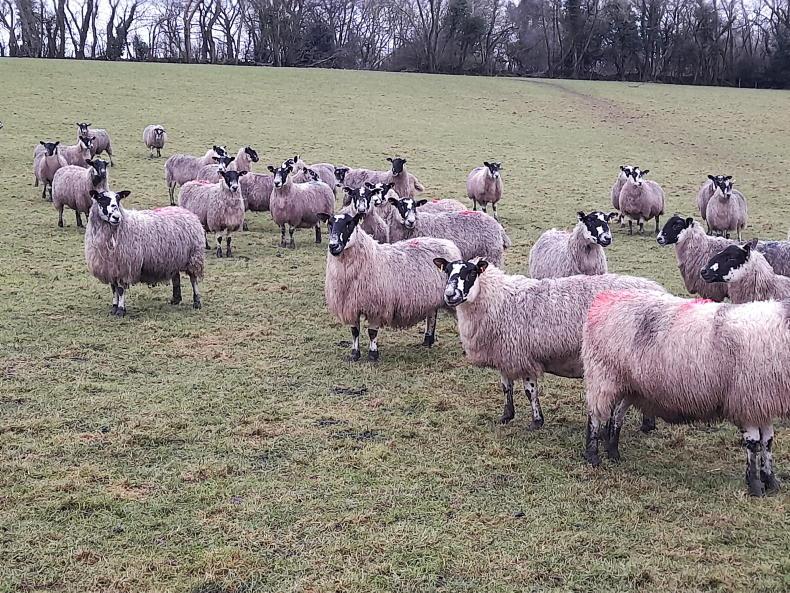
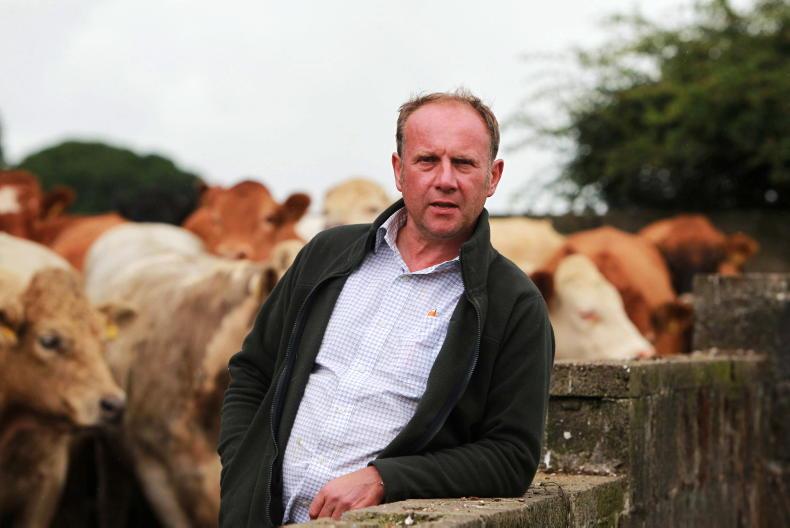
SHARING OPTIONS